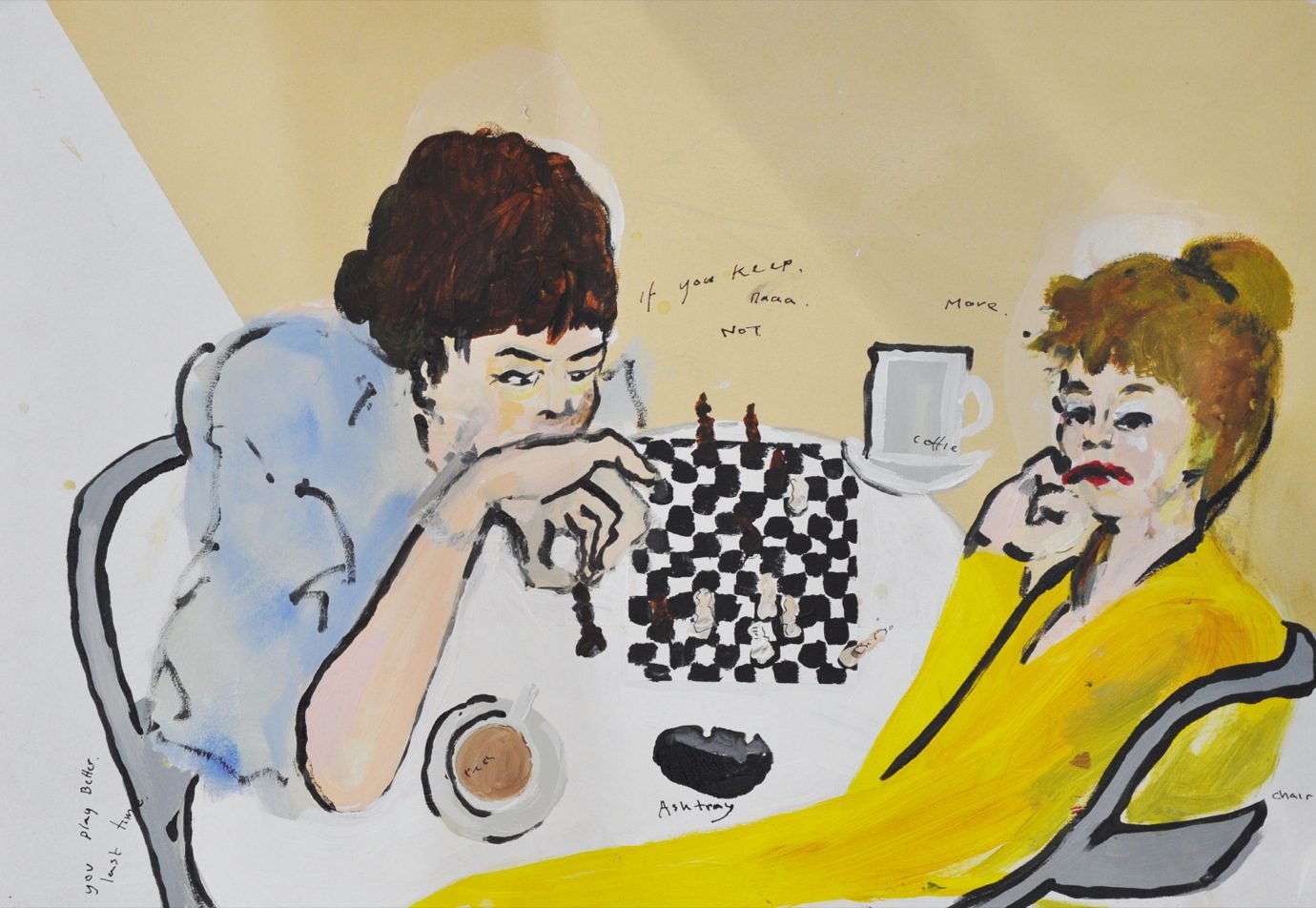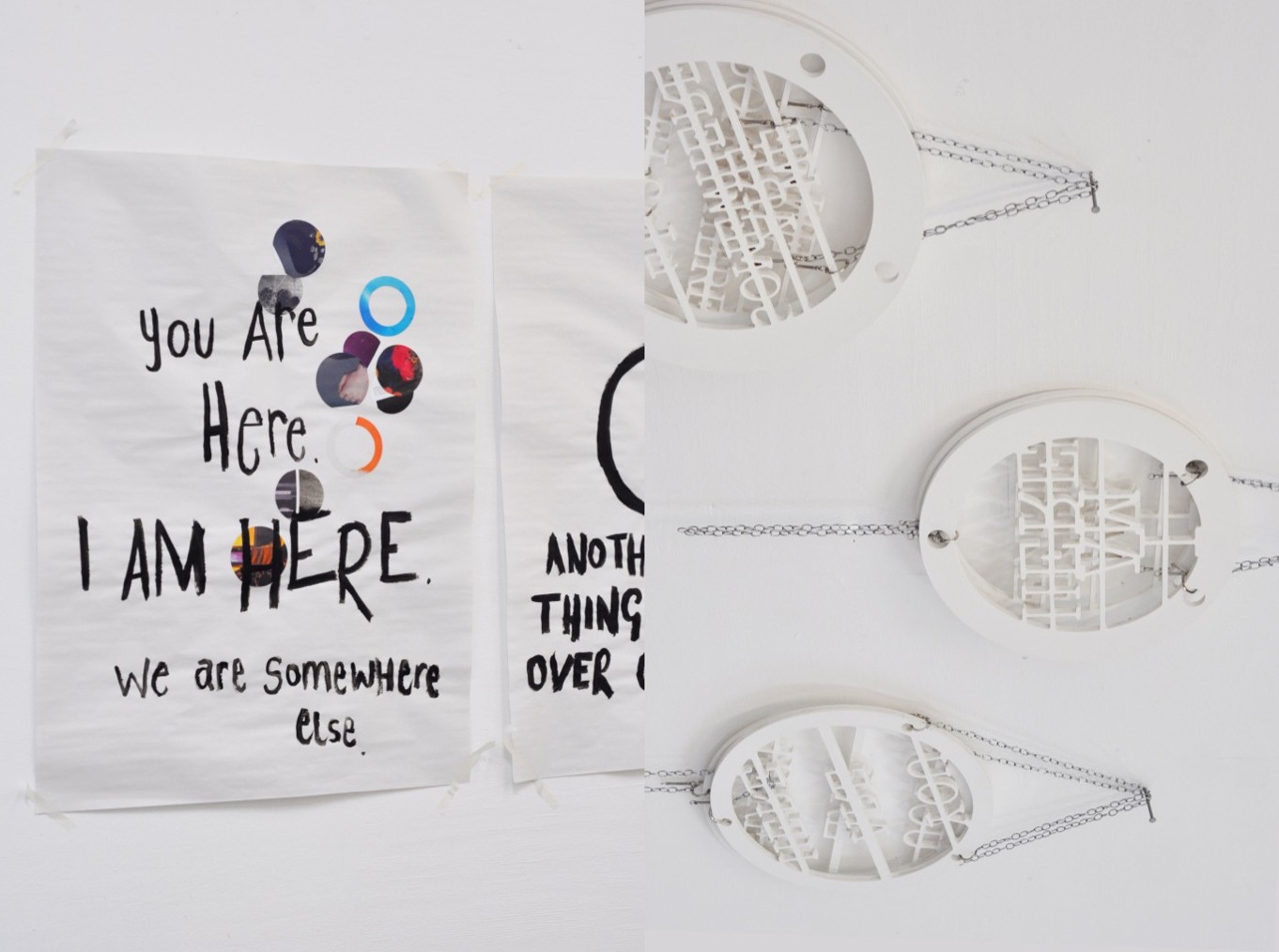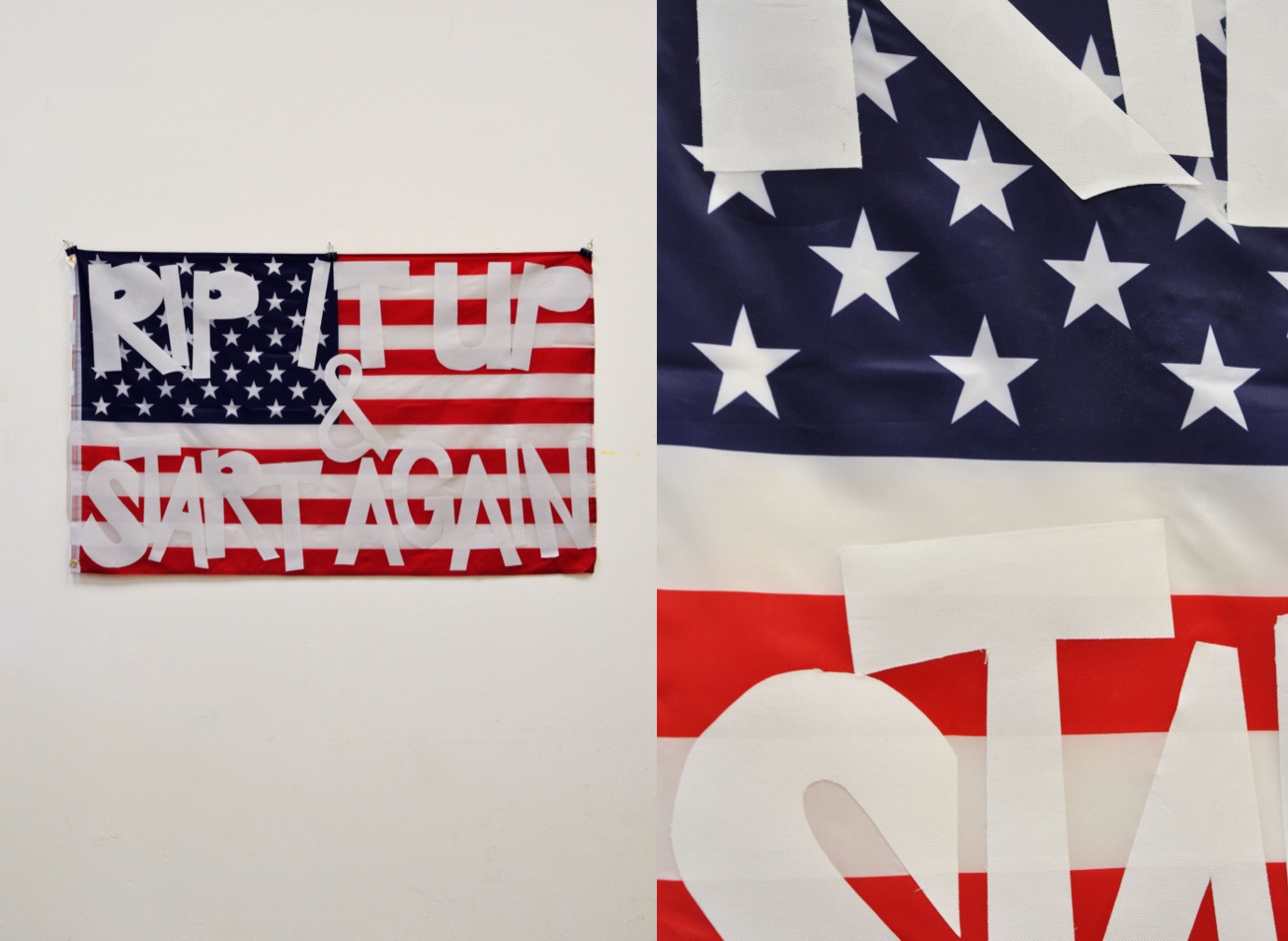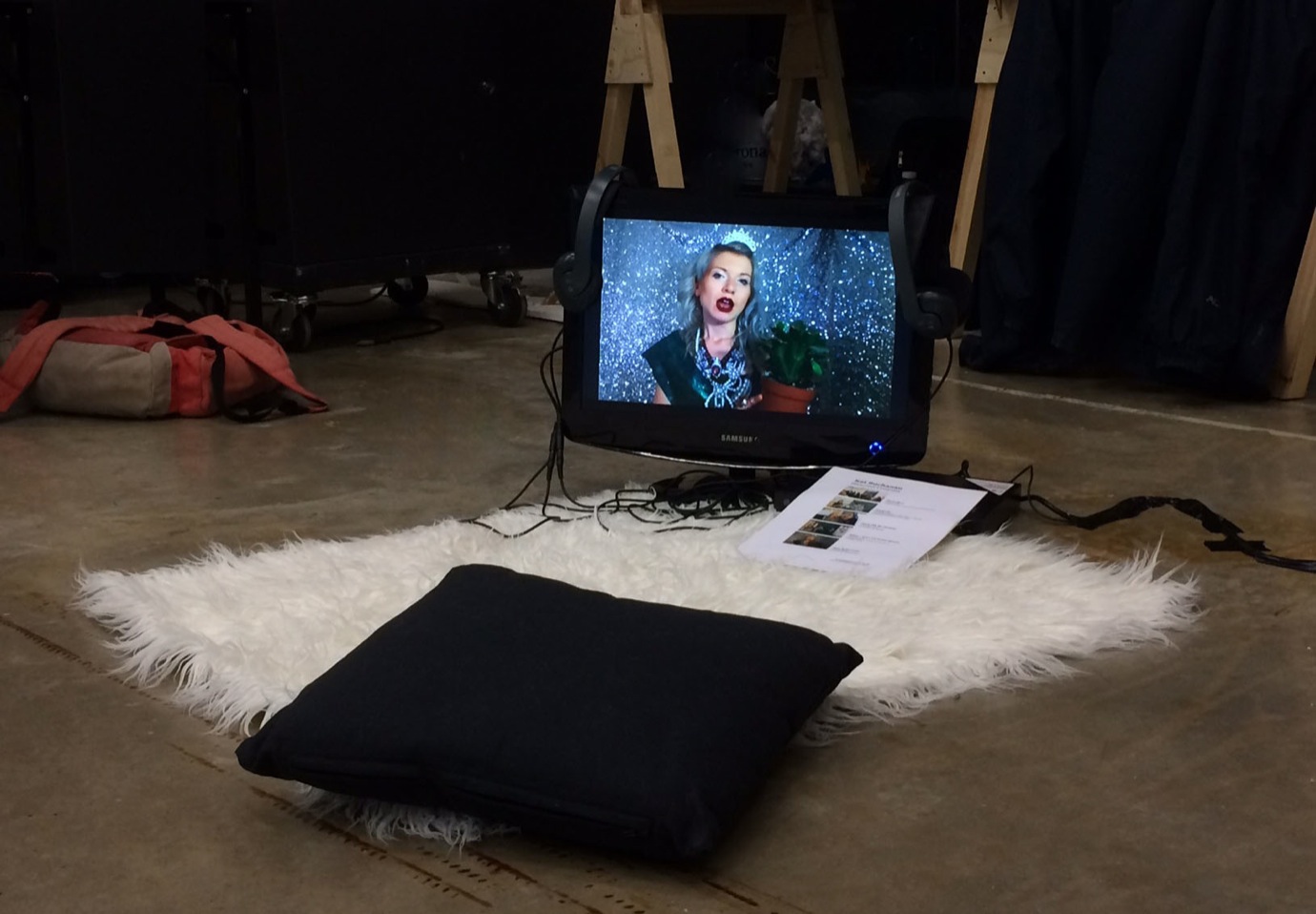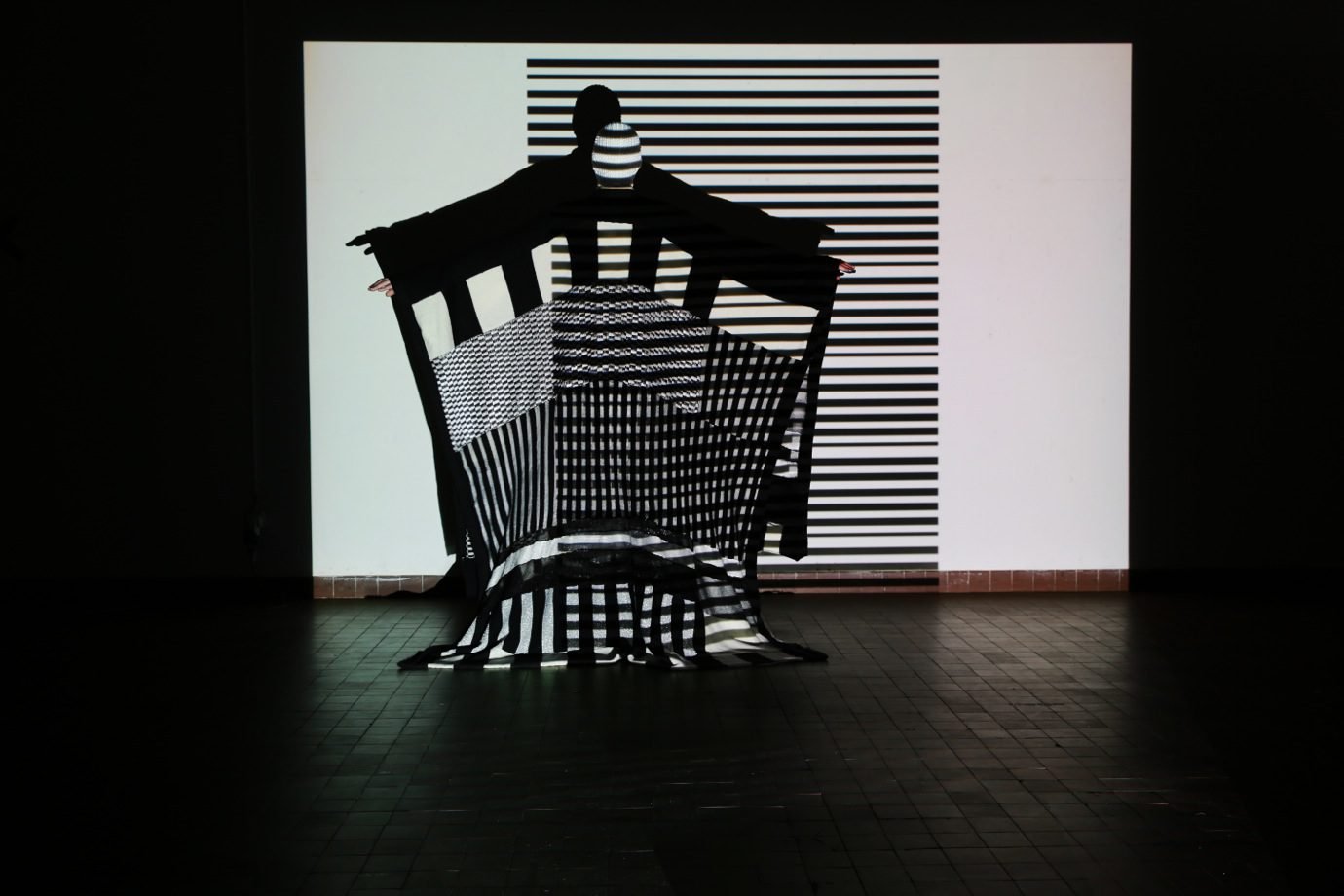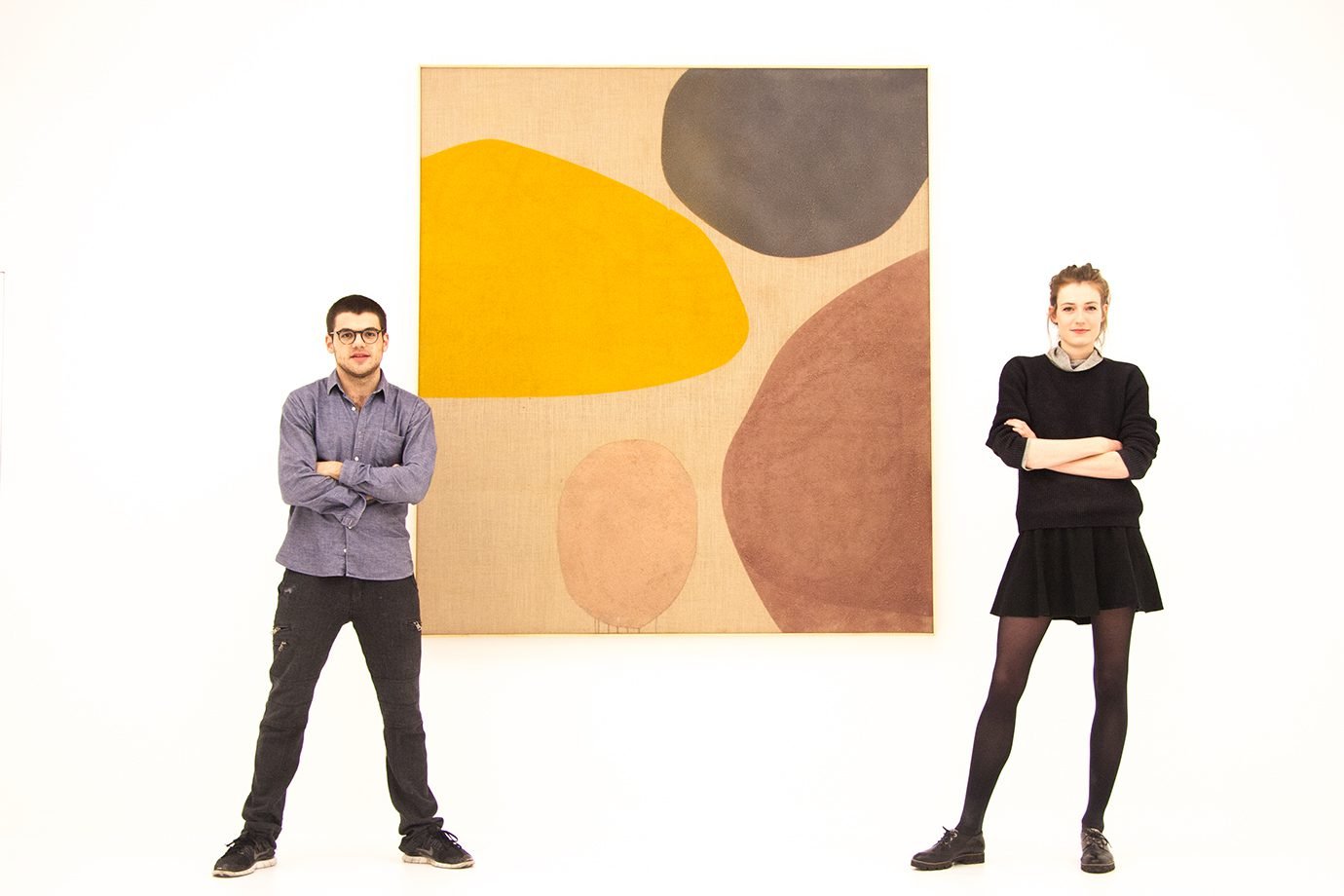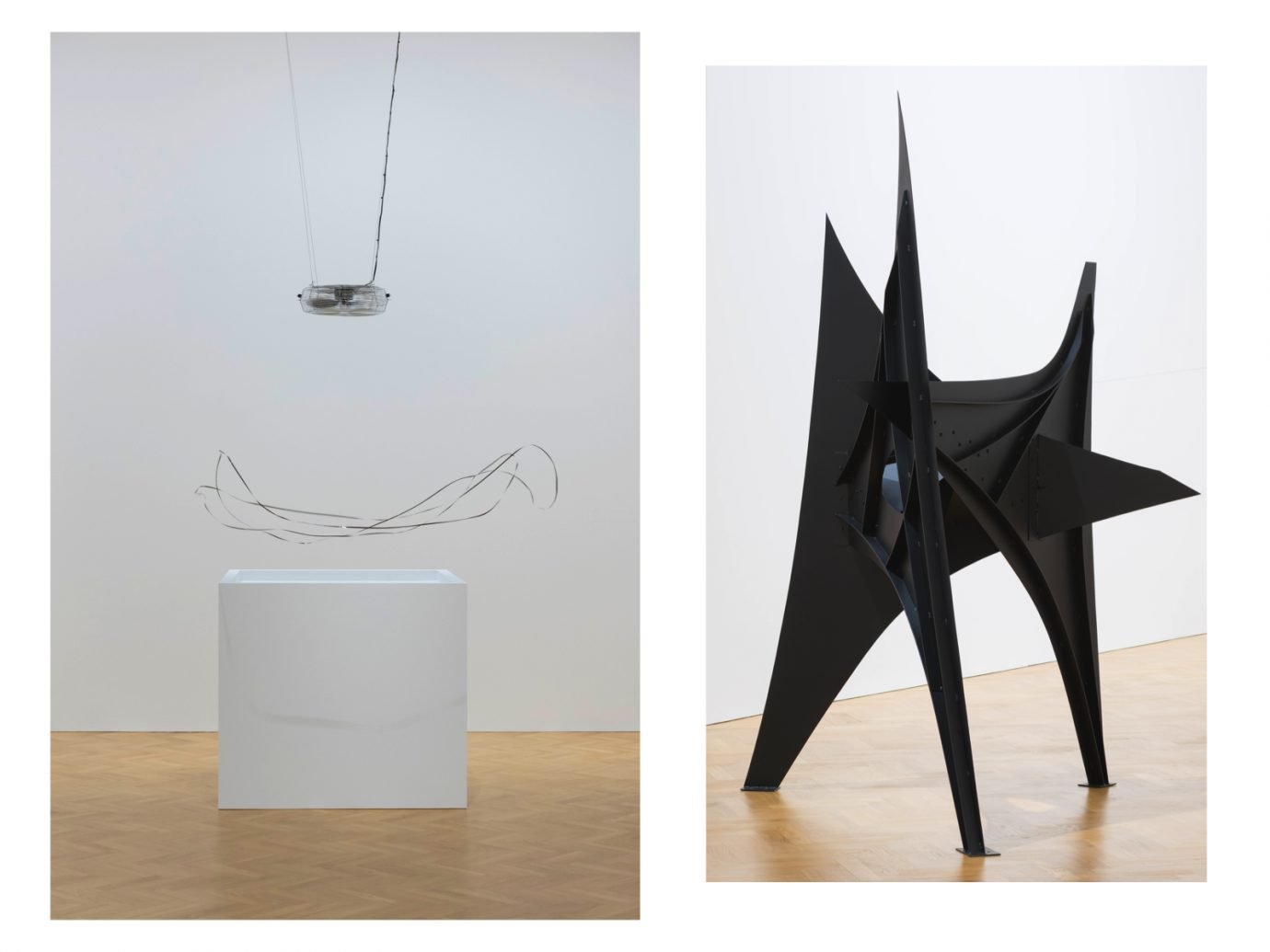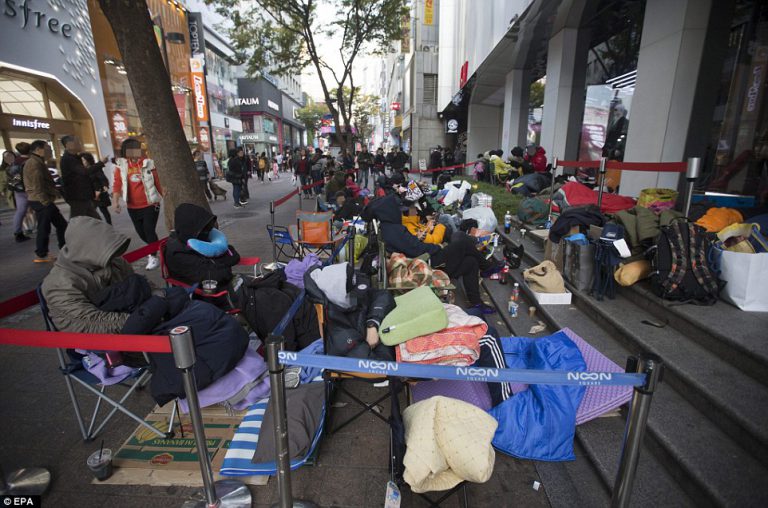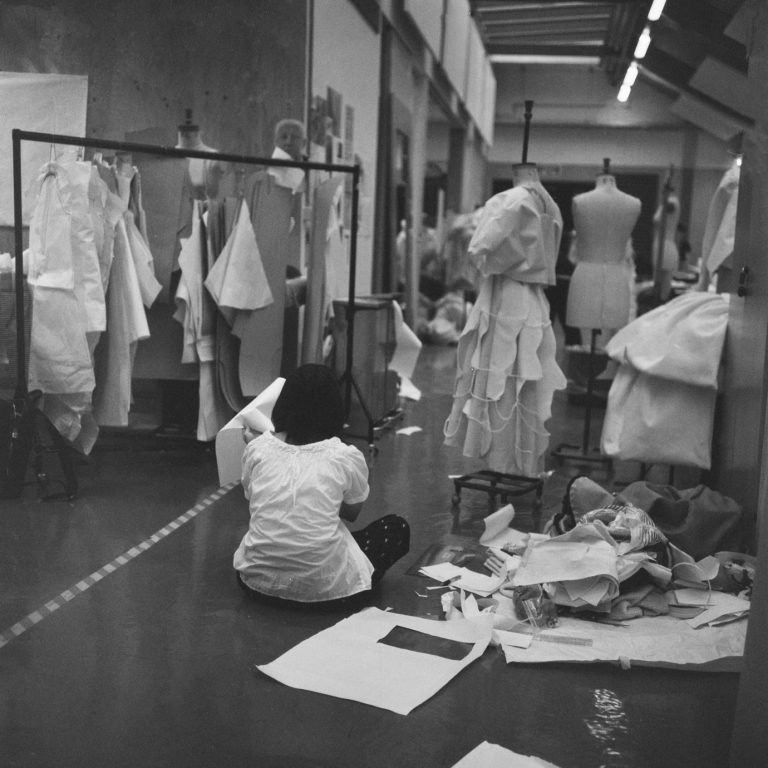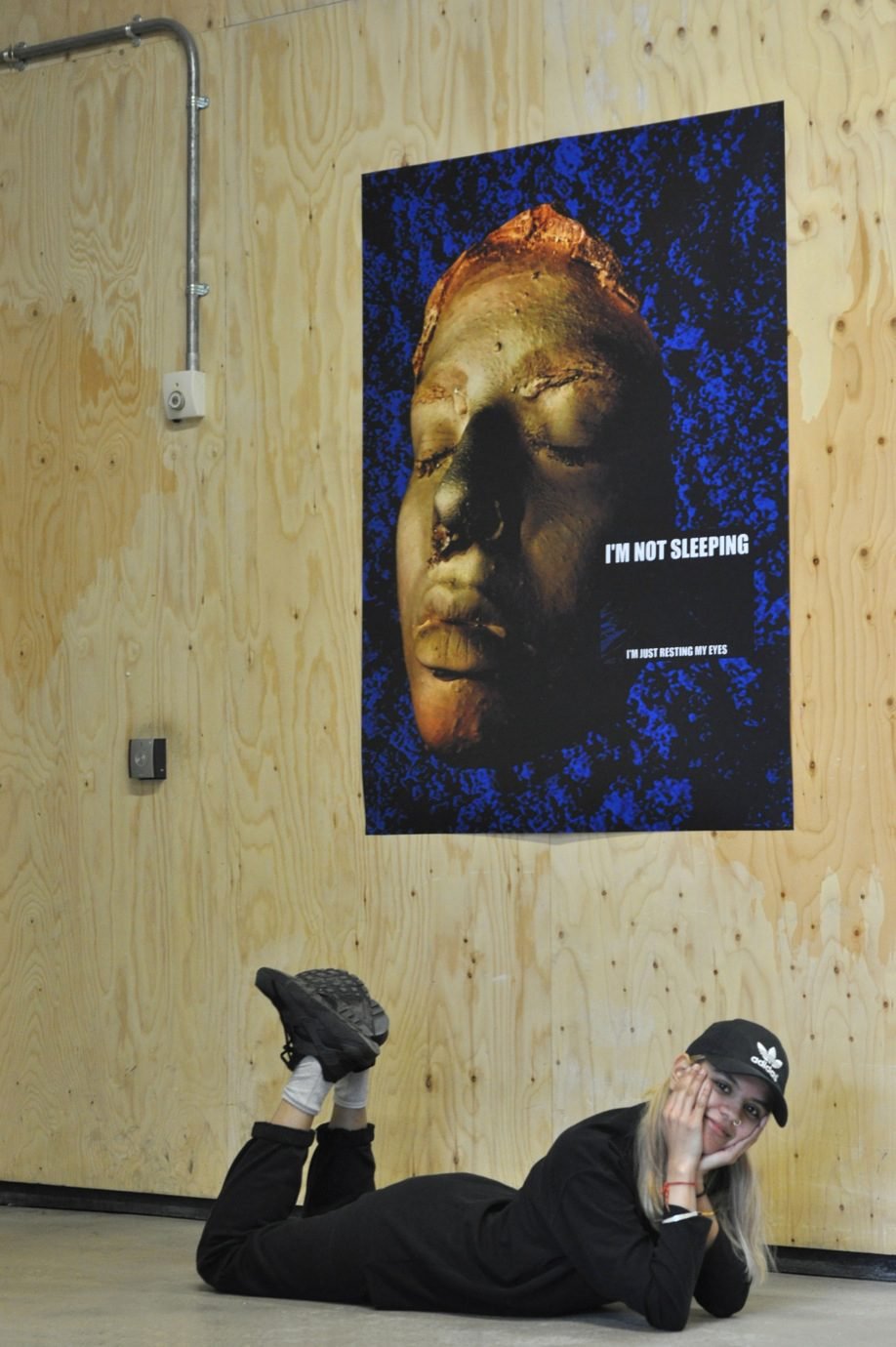I ask Felix what the word ‘art’ means to him. He tells me about the kinds of people who look at contemporary art and proclaim, “That isn’t art!” but who then spend the rest of their time pointing out random, mundane objects and saying, “That could be art…this could be art.” He makes a good point, it’s something I’ve witnessed myself; it’s both amusing and frustrating. But he himself struggles to clarify what is and isn’t art; he considers it largely indefinable. Having studied Fine Art for three years, he feels that he has earned the ability to determine whether something is or isn’t art, yet everyone else still has this mythical ability to say otherwise. He sees this as the interpretation of individuals; everyone will see something in a different way. He believes that art largely revolves around interpretation, that anything can be art if it’s posed as art. But I wonder whether in contemporary art, we have become overly concerned with interpretation; we are constantly trying to decipher what an artist or artwork is trying to say, and subsequently we can easily overlook the original purity that art once claimed.
As a child, Felix says he sold his soul on a piece of paper (in the style of Bart Simpson) and we discuss whether this assimilates with selling your art as an artist. After all, Charles Baudelaire did historically state that “Art is prostitution.” Perhaps there is a difference between selling yourself and selling out? His soul, by the way, made the grand sum of £3.50. I ask Felix how he would summarise the word art, and he nonchalantly compares the word ‘art’ to the words ‘mud’ and ‘fish’ and tells me, “There are lots of different types of fish and they’re all really different, all in the ocean, all getting on with shit. But what is a fish? And what is art? So my answer is, art is fish.” It’s a compelling argument, right? I think the point he is making, is that art is a very broad umbrella term with lots of components that build it up, and to question what is or isn’t art has to become a discussion about very small things in an incredibly vast vacuum. He says that the word ‘art’ is too broad to define it as a singular term, and that the definitions within this will naturally contradict one another.
All art is a commodity, he tells me, due to the value we place on it, whether that is monetary or symbolic; one man’s crap is another person’s gold. Felix believes that art is so close to the hypothetical that it becomes an imaginary argument. If the question is “Can anything be art?” then he says that the answer is “Yes,” but he wants to see it in physicality, rather than hear about an idea. He explains, “Can anything be art? Can anything be anything? Can anything be a hat? Well no, because a bowl can’t be a hat. But when you start using the term ‘art’, it just sounds good and suddenly anything can exist.” I ask whether he describes himself as an artist to strangers. “It depends on whether you’re drunk enough at a party to admit to it, or if instead you want to avoid a crap generic discussion about ‘art’ with an ignorant art outsider. Sometimes I’ll say I’m a painter, but occasionally I’ll have to then be like yeah, you know, like a painter and decorator, painting walls. And the other person is relieved, because they can understand that, so it just goes down better. The alternative is being asked if you can paint a nice picture for their wall.”

